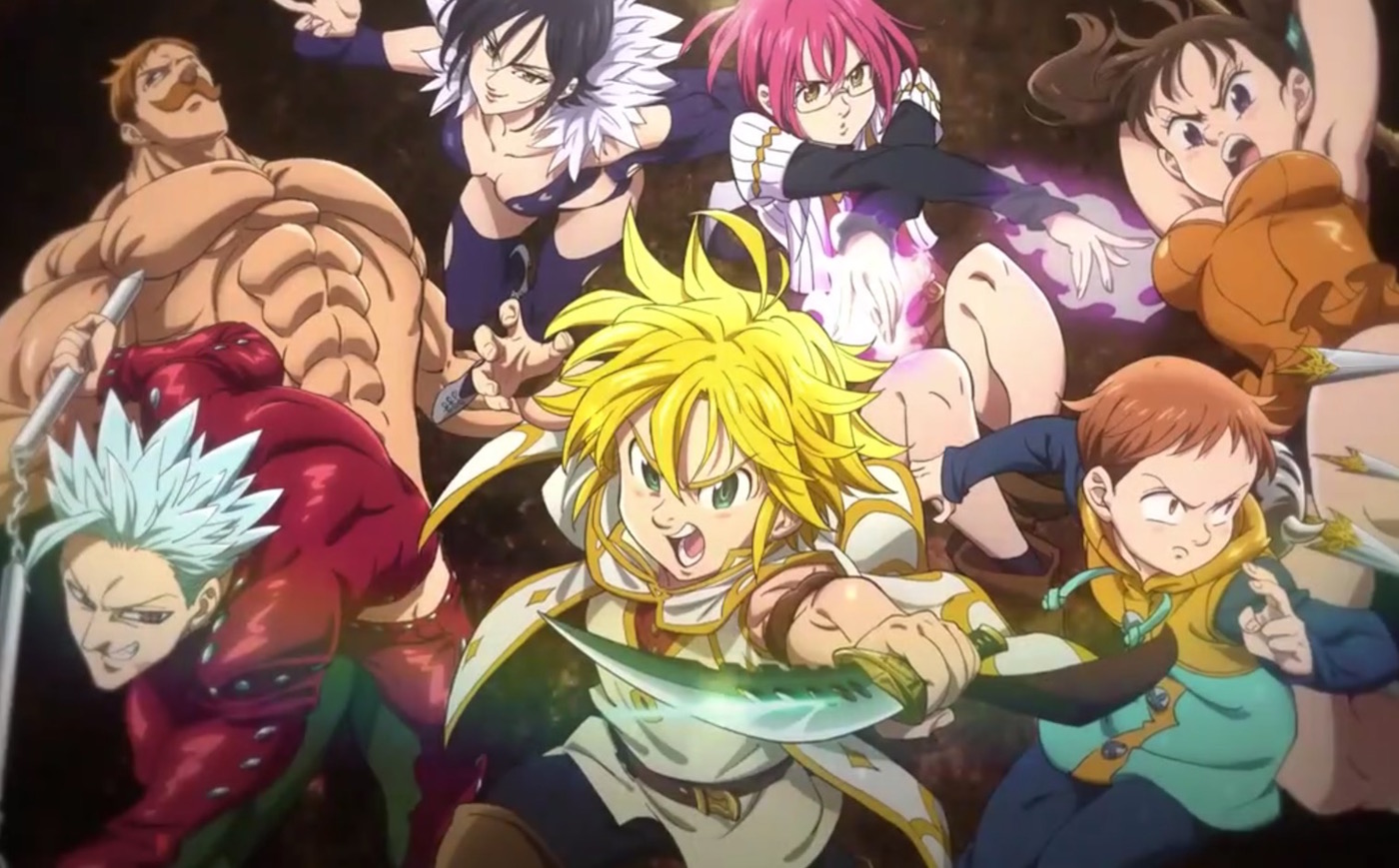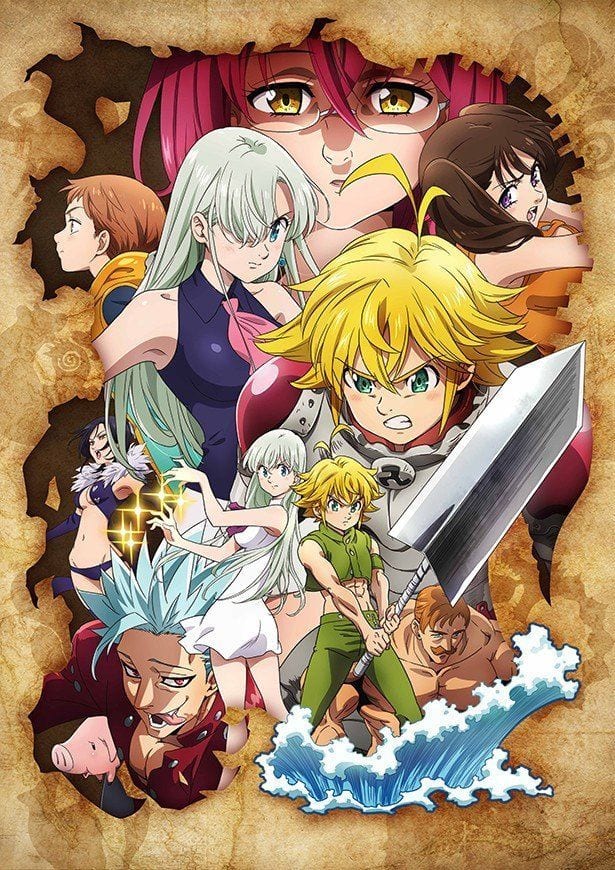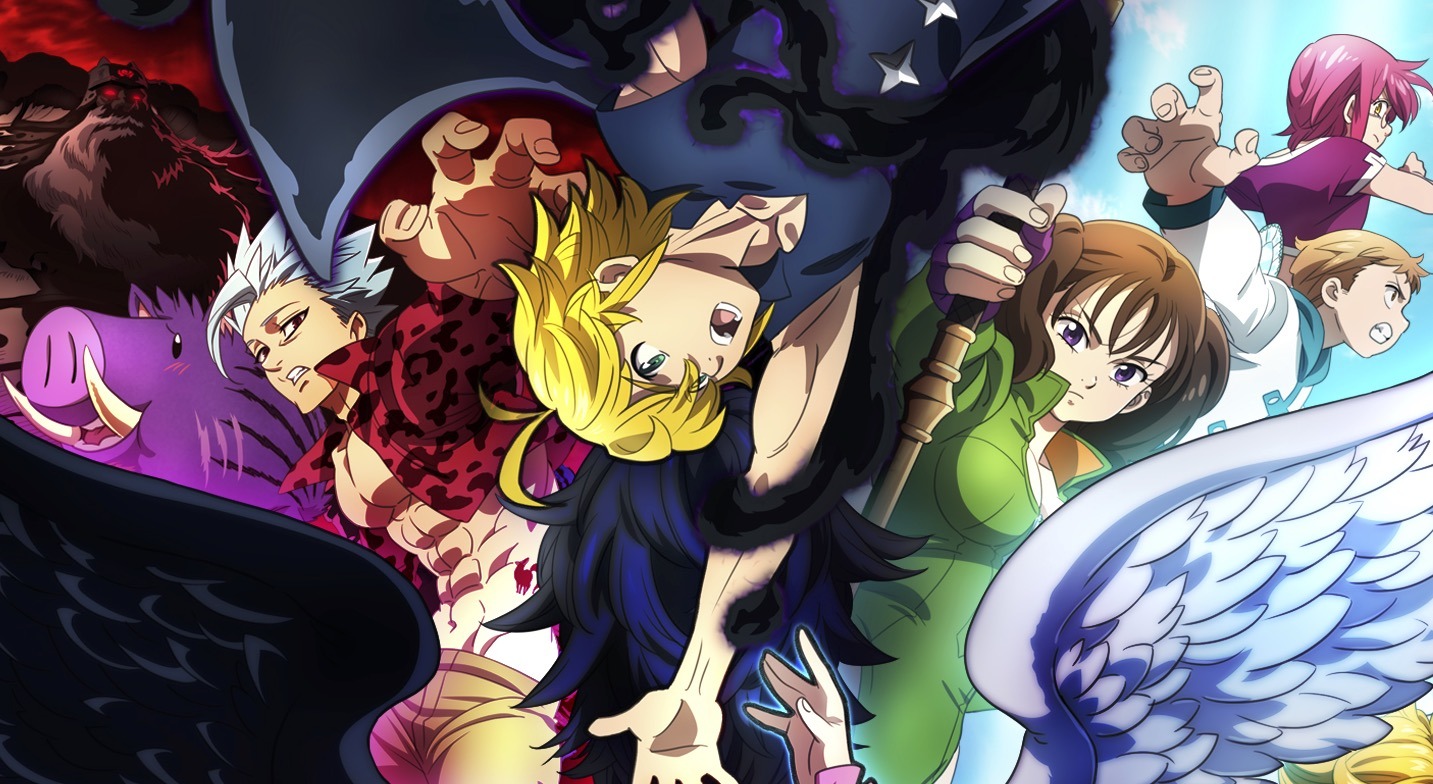
Therefore, the character of The Seven Deadly Sins is an inspiration to many people for a long time.
#The seven deadly sins series
The series was adapted into an anime television series produced by A-1 Pictures, which ran for two seasons from October 2014 to June 2018. Known since October 2012, the Seven Deadly Sins manga has been well received in Japan, garnering many awards and selling tens of millions of copies. You will be surprised to find a place like us, especially for readers who are fans of the Seven Deadly Sins. And that's what it takes to make the list.Welcome to The Seven Deadly Sins Store – Official The Seven Deadly Sins Merch. All the other capital vices work similarly. In avarice's case, the daughters Aquinas identifies include mercilessness ("It's too bad I'm evicting that poor widow, but I need that rent money"), restlessness ("Are my investments earning? I'd better check the Nikkei one more time"), as well as deception, fraud, perjury, violence and treachery ("If I'm going to get that money, I can't let anything or anyone stand in my way").Įach of the daughter vices represents the kinds of actions and traits that simply become the next, necessary thing to do, given avarice's guiding end. "Our faith in things.can't succeed in making us happy, given how we're built for relationship with God and others."īut that faulty goal breeds more faults. It puts our faith in things – material goods and our own efforts – that can't succeed in making us happy, given how we're built for relationship with God and others.

Avarice aims at putting those things under our control, making them achievable by our own effort and keeping ourselves at the center of our priorities. It leads us to think our happiness and fulfillment lie in something other than God and loving community with others. Now, that's what makes avarice a sin and a vice. "Money answers for everything," goes the old proverb, and avarice tells us we'd better make our lives about getting and keeping it. But avarice runs away with that desire and tells us that therein lies our security and happiness.

Now, notice all those things really are goods they're needful to some degree in our lives, and it makes sense for us to desire them. We want food, or transportation, or cool clothes – money can buy all of them. Avarice concerns excessively desiring the kinds of goods that can be interchanged with money. Once we start living for the end or goal of the vice – in a very real sense it can become our god – then other, related (morally problematic) actions will emerge as necessary to that goal, and we'll pick up other vices in those regards.Įach capital vice breeds what Aquinas calls "daughter" vices. Our desires for pleasure (lust and gluttony), status (envy, wrath), self-exaltation (pride, sloth) or security (avarice) can become the overall goal of our lives. They're like the generals of the enemy army of the vices (an image from Pope Gregory the Great), and they lead other vices in their service.īut how do they do that? As it turns out, each of the deadly sins warps a desire so fundamental to our existence that once we start to overindulge it, it can take over and become what we live for. They're the head, or capital, vices (in Latin, "head" is "caput").

But to call them capital vices means something more: pride, lust and the rest are vices that generate other vices. So, we start with the concept of the deadly sins as vices, traits destructive to us.

Vices, on the other hand, are character traits that hinder our functioning, again both personally and socially. Virtues are functional excellences, character traits (habits that we build through action) that help us flourish both as individuals and in society. When medieval Christian theologians and philosophers examined ethics, they understood the moral life in Aristotelean-influenced terms of virtue and vice. A frequent question is, why those sins – what's special about them to put them in the top seven? To understand the answer, we need to see the sins' old name: the capital vices. I've long taught a Whitworth Jan Term course called The Vices, about the so-called "seven deadly sins": pride, wrath, lust, envy, gluttony, avarice and sloth.


 0 kommentar(er)
0 kommentar(er)
